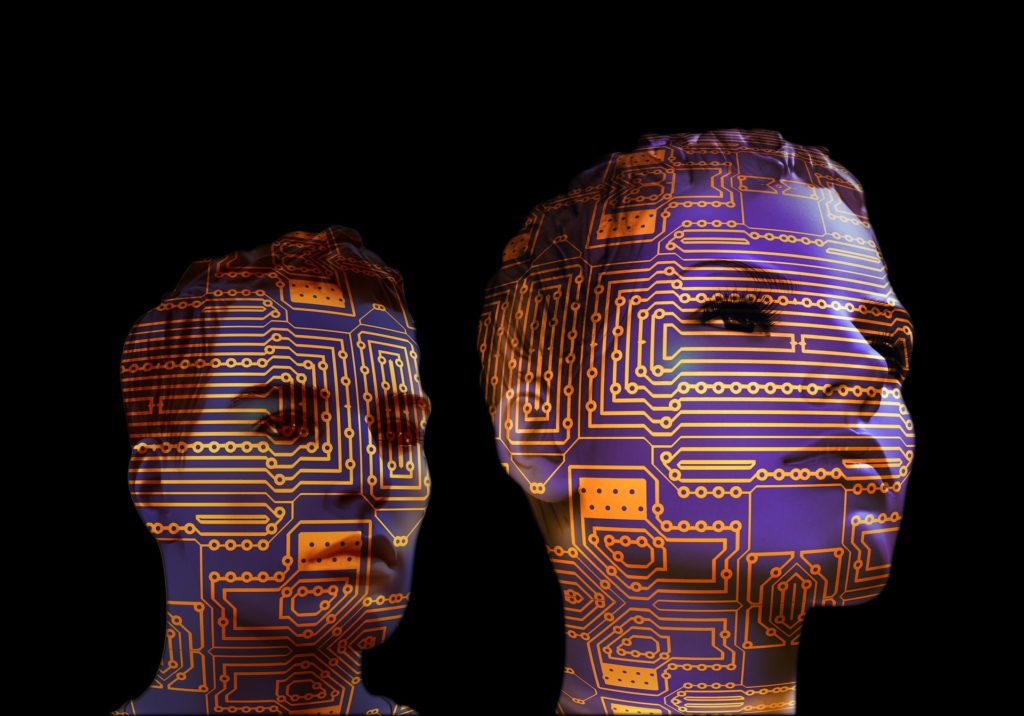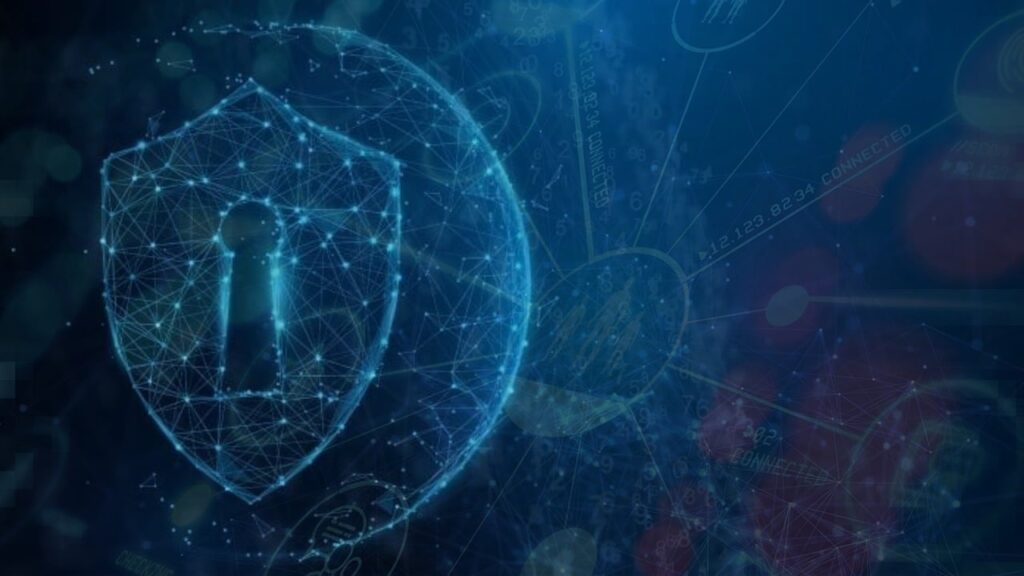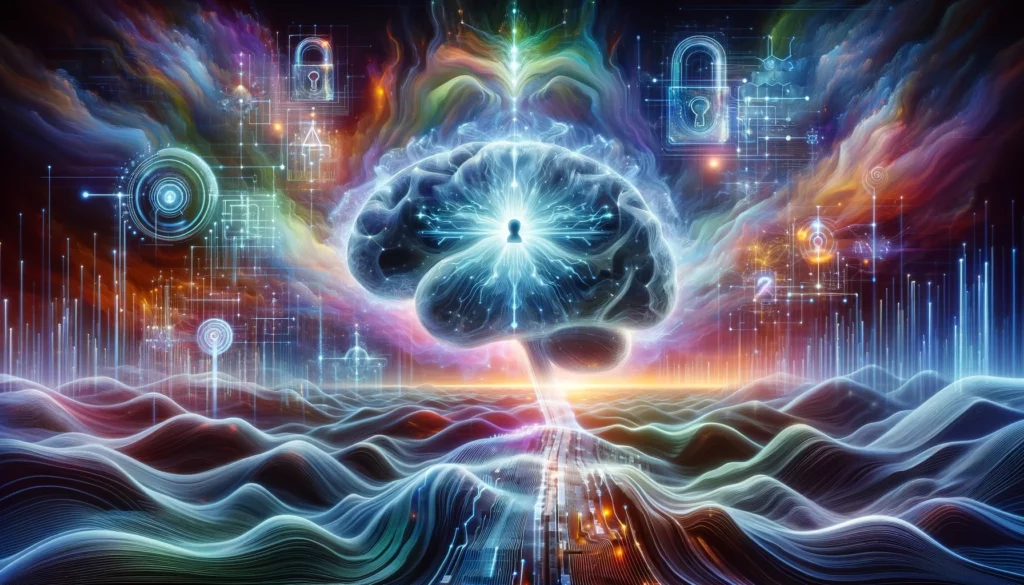Facial recognition technology came slamming into modern reality with very few people prepared for it. In many cases, we see it being used by governments and law enforcement agencies—testing its accuracy and value for future purposes.
The most common argument for having this technology in the hands of the state is preventing crime or identifying important evidence during investigations. It’s even said that past footage of unsolved mysteries would benefit greatly from this technology as it would help identify the criminals of crimes long forgotten.
However, there has been a serious clash between the government and citizens in general over the technology’s use cases. Some say that it’s the most potent tool for a dystopian future as they fear for their privacy being invaded almost on a daily basis, while the government tries to push it as something necessary for better civil control and crime prevention.
Overall, talks usually boil down to whether facial recognition technology should be banned or if it should be regulated.
According to IBM, the banning of facial recognition technology would be a step backward for human scientific advancement. However, restraining it within light regulations could yield just as many gains as it would in a “free market”.
What would the regulation look like?
For starters, facial recognition technology should not be applied to any currently standing footage or be actively used without a specific intent. What this means is that the CCTV cameras that we already have installed all over urban areas would not have this technology activated by default.
The technology would only come into play whenever the authorities have something to investigate from the footage of various cameras. Only in those cases will it be possible to activate it.
Other instances include things such as a national security issue, where the state may be looking for a known terrorist in a specific area, and therefore activate the facial recognition tech. But other than that, it’s quite dystopian to know where everybody is during what time. It’s essentially a big blob of data just waiting to be hacked by somebody.
However, the regulations are going to be different in every country. There are already examples of what kind of laws governments are willing to adopt in order to ensure the lawful and ethical utilization of this new technology.
The example of Australia
Australia is going to take a bit of a radical move on facial recognition technology. Their regulation is not going to come even remotely close to the examples above. Instead of campaigning against using facial recognition tech on a daily basis, the Australian government is campaigning on using it almost all of the time on specific platforms and websites.
One such example is Australia’s attempt to introduce facial recognition tech on adult and casino websites. The arguments for this were that multiple underage Australians were accessing these websites by outright lying about their age when confronted with the filter.
If you’ve ever accessed any websites like this, getting through the filter is as easy as pie. The user simply says they are above 18 and the website doesn’t really go through too much (any, actually) hassle confirming that it is indeed true.
After making the necessary changes, the website would simply launch the facial recognition system after the user says they are over 18 and will try to confirm it. However, one thing for sure is that the accuracy of this technology is very questionable, therefore there will still be people under 18 that will get through it—and possibly legitimate adults who are rejected.
How China uses it
If we were to look up the consequences of creating a dystopian future through facial recognition, we need not look further than Communist China. The authoritarian Chinese Communist Party has forced the technology on as many as 800 million internet users and is starting to utilize it in its social credit system.
Considering the fact that there is nearly 1 CCTV camera per person in China, documenting the daily lives of Chinese citizens becomes easier and easier for the government. Almost every single location in the cities is being recorded by these cameras and sent to the authorities for research.
What this means is that violating a law that would lead to a decrease in the social credit score for the citizens will become almost impossible to hide. The CCTV cameras will record almost everything and then identify the citizen within minutes of scanning the database.
The same goes for the usage of the internet. The social credit scores have pretty ridiculous rules such as spending too much time playing games, watching videos or accessing adult sites. All of these will identify the users and make them face consequences.
One more dystopian feature that the Chinese government is pursuing is the identification of native Uyghurs through scanning some Uyghur nationals and determining their facial structures. This “algorithm” is then leveraged on the CCTV cameras in China’s urban areas in the East. Should the camera identify Uyghurs in its major cities, it’s possible they will start pursuing them or arresting them on the spot.
What about India
India has a more practical approach to facial recognition. There are no comprehensive regulations being planned in the country, but there are plans to implement the new technology on various government databases.
The idea is to have the technology exclusively accessible by the authorities to identify things such as criminals, missing people and sometimes even the dead.
The Indian government’s argument is that if it will help prevent any serious crimes from ever happening again in the future, it’s worth the sacrifice of some privacy from the citizens to keep the general population safe.
It’s unlikely to be used as a method to gather heaps of data from the population and then sold to private companies for commercial purposes. However, the worst part is that there are no laws being drafted to prevent exactly those kinds of scenarios.
Wrapping Up
There are many useful applications of facial recognition technology—both at the consumer level as a matter of security and convenience, and for governments and law enforcement agencies. There is no question that it could streamline and accelerate investigations and potentially reduce crime—or at least improve enforcement of it. The challenge is finding the balance between those benefits and the expectation of privacy. Banning facial recognition is not the answer. Regulating it, however, may be necessary to put an acceptable framework of rules around its use.
- Review: Stellar Converter for OST - March 19, 2024
- High-Level Guide to Boosting PC Speed - February 19, 2024
- The Evolution of Digital Platforms: How 5G is Revolutionizing User Experience - February 5, 2024




I think it should definitely be regulated. As it gives immense amount of power in the hand of the government.